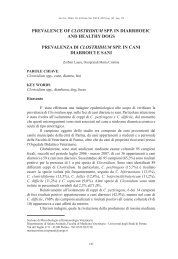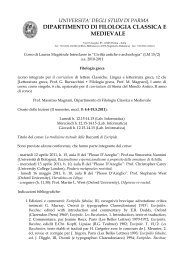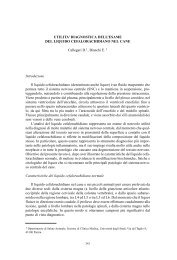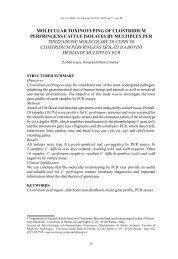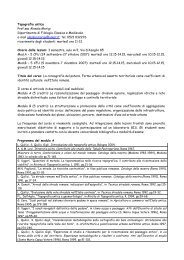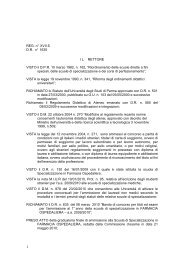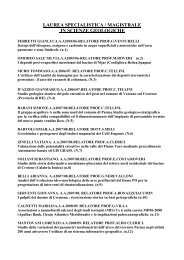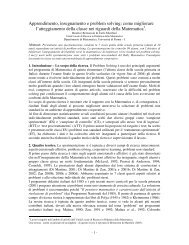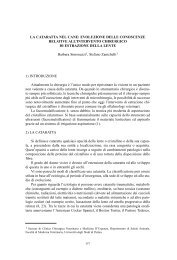Client for 32-bit Windows Administrator's Guide - Citrix Knowledge ...
Client for 32-bit Windows Administrator's Guide - Citrix Knowledge ...
Client for 32-bit Windows Administrator's Guide - Citrix Knowledge ...
- No tags were found...
You also want an ePaper? Increase the reach of your titles
YUMPU automatically turns print PDFs into web optimized ePapers that Google loves.
82 <strong>Client</strong> <strong>for</strong> <strong>32</strong>-<strong>bit</strong> <strong>Windows</strong> Administrator’s <strong>Guide</strong> Go to Document CenterNote Users can override the default setting from within a particular custom ICAconnection’s Properties dialog box.Using the <strong>Client</strong>s with the Secure Gateway <strong>for</strong> MetaFramePresentation Server or SSL RelayYou can integrate the <strong>Client</strong>s with the Secure Gateway or SSL Relay service. Theclients support both SSL and TLS protocols.• SSL provides strong encryption to increase the privacy of your ICA connectionsand certificate-based server authentication to ensure the server you areconnecting to is a genuine server.• TLS (Transport Layer Security) is the latest, standardized version of the SSLprotocol. The Internet Engineering Task<strong>for</strong>ce (IETF) renamed it TLS when ittook over responsibility <strong>for</strong> the development of SSL as an open standard. TLSsecures data communications by providing server authentication, encryption ofthe data stream, and message integrity checks. Because there are only minortechnical differences between SSL Version 3.0 and TLS Version 1.0, thecertificates you use <strong>for</strong> SSL in your MetaFrame installation will also work withTLS. Some organizations, including US government organizations, require theuse of TLS to secure data communications. These organizations may alsorequire the use of validated cryptography, such as FIPS 140. FIPS 140 (FederalIn<strong>for</strong>mation Processing Standard) is a standard <strong>for</strong> cryptography.The Secure GatewayYou can use the Secure Gateway in either Normal mode or Relay mode. No <strong>Client</strong>configuration is required if you are using the Secure Gateway in Normal mode andusers are connecting through the Web Interface.If you are using the Secure Gateway in Relay mode, the Secure Gateway serverfunctions as a proxy and you must configure the <strong>Client</strong> to use:• The fully qualified domain name (FQDN) of the Secure Gateway server• The port number of the Secure Gateway serverNote Relay mode is not supported by the Secure Gateway, Version 2.0.




